News -
The unseen burden of health workers - what does it have to do with children?
The unseen burden of health workers - what does it have to do with children and why is it important to empower health workers with the right tools?
Frontline health workers have unique knowledge of their communities and ability to provide care and services that reach people. Health systems rely on the availability and capacity of health workers to deliver quality services to people. They are usually at the forefront of health care delivery, not only responding to humanitarian crises or disease outbreaks but providing care every day, regardless of the conditions in which they have to work. In high-income and emerging economies the health labour market is seen as a driver of economic growth and social prosperity (1), and health workers make up a substantial portion of the workforce.
For many low-income countries however, the opposite is true: health workforce investments have been cut (1) in some countries and restrictions placed on hiring. Did you know that sub-Saharan Africa has only 4% of the health workers but 25% of the global burden of disease, while the Americas have 37% of the health workers and 10% of the burden of disease (2)? In sub-Saharan Africa, there are 2 doctors and 11 nurses, compared with 19 doctors and 49 nurses for the Americas, and in Europe 32 doctors and 78 nurses per 10,000 population, respectively (3). In Afghanistan for example, there are only 7.26 doctors, nurses, and midwives (4) per 10,000 population compared to Sweden which has 37 practising physicians and more than 100 practising nurses (5) per 10,000 population respectively.
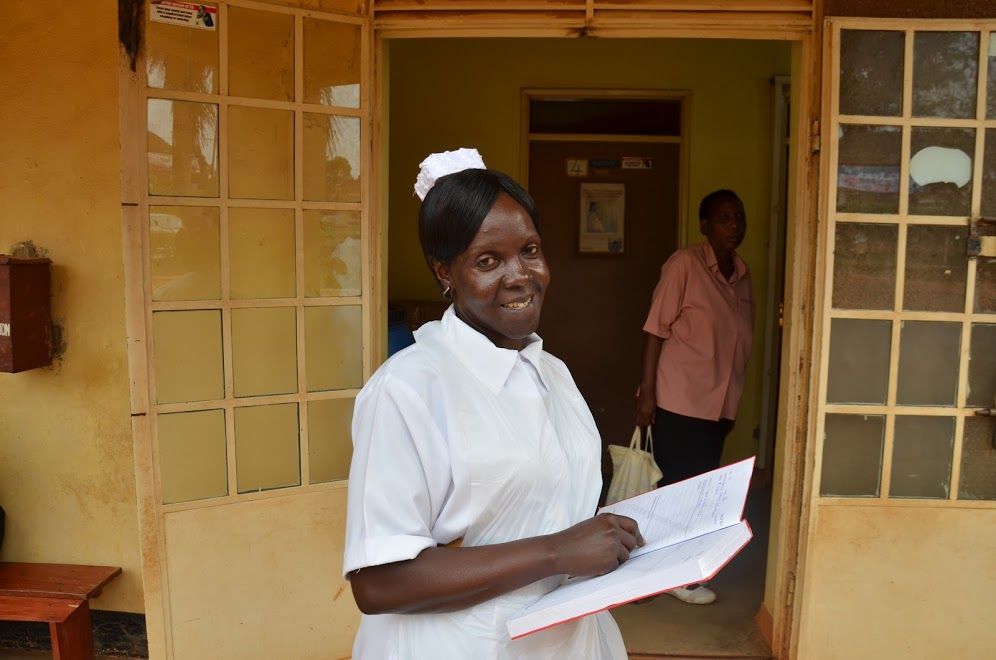
Care delivery centred on "data collection"
One of the effects of such imbalance is of course, that the people who most need effective healthcare are the ones least likely to receive it. It also means that the health workers who work within these regions are likely to be under-resourced and over-worked. For instance, despite the critical shortage of personnel to deliver quality health services to people, qualified health workers today spend a large portion of their limited time and energy working with administrative and reporting tasks. This is a considerable engagement resulting in about 40-60% of health workers‘ time (6) being diverted from service delivery.
One of the consequences of having to use reports in the form of registers, tally sheets, daily, monthly quarterly summaries among others, is that extra stress is placed on insufficient numbers of health personnel - families do not receive individual counselling because the majority of health workers‘ time is spent on administration. As many as five health workers may work with these forms on a daily basis, which are contained in bulky registers that become tattered due to repeated handling. These registers are also used during outreach sessions in the community, where health workers need to carry them on their bicycles or by foot to reach children in the most isolated rural areas.
Once the registers are archived, it is difficult to access the data, because health workers lack the time to go through the registers and compile follow up lists per village. Adding to the challenges, the data in the registers may also be incomplete. Moreover, families also feel the effects of the administration burden as they can spend as many as four hours siting along with 30 to 60 families in one waiting room, to receive vaccination and nutrition services for their children.
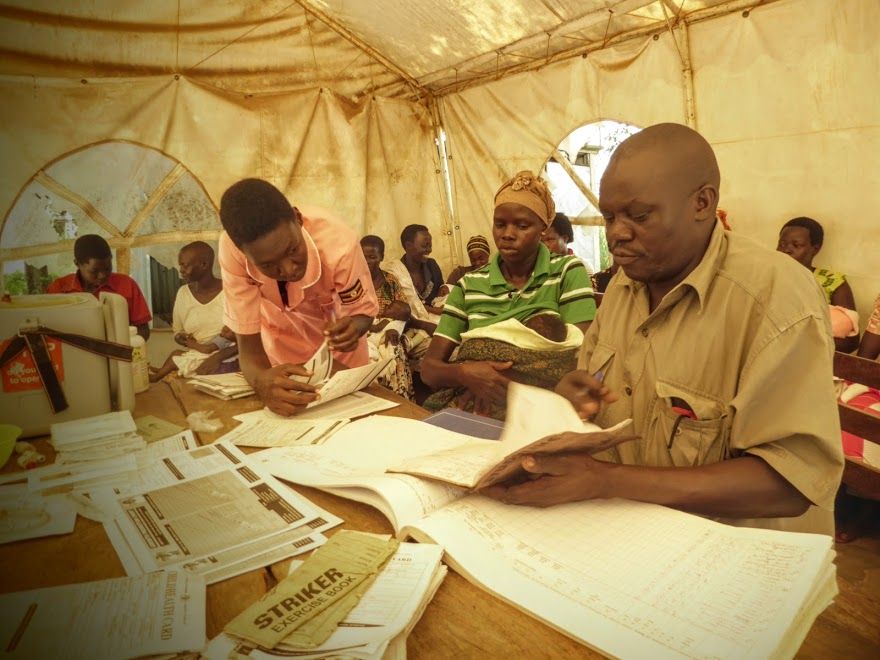 | 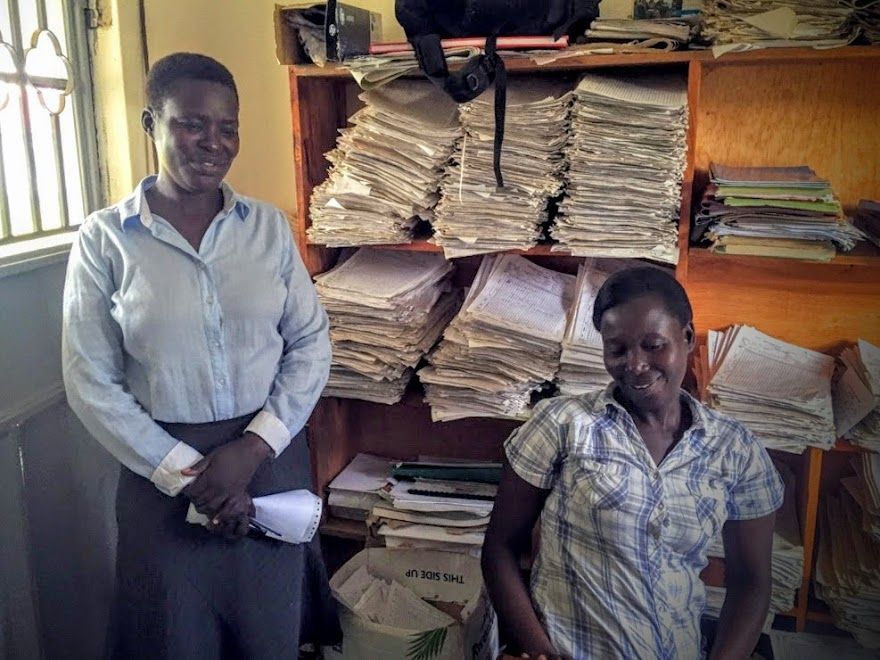 |
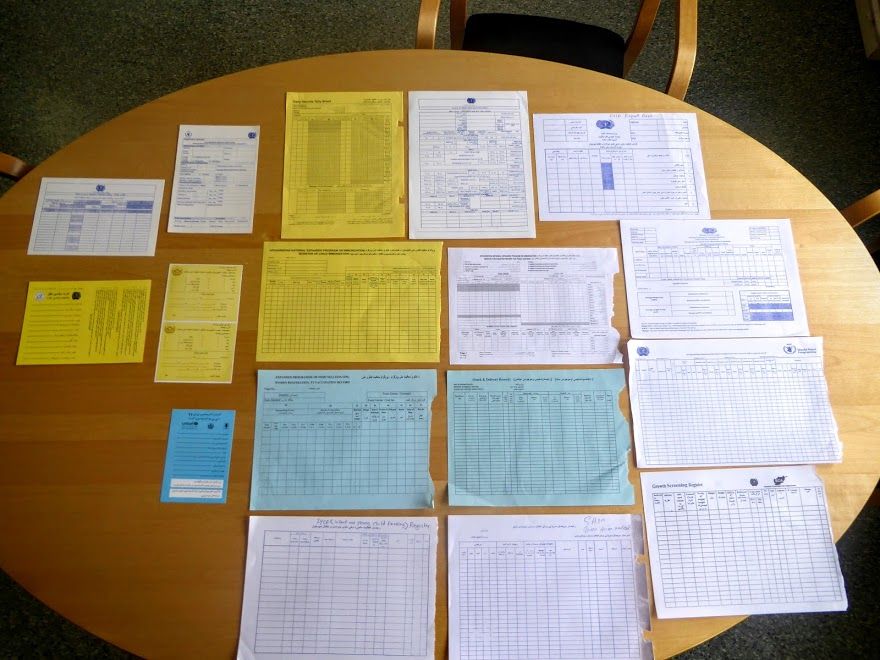 | 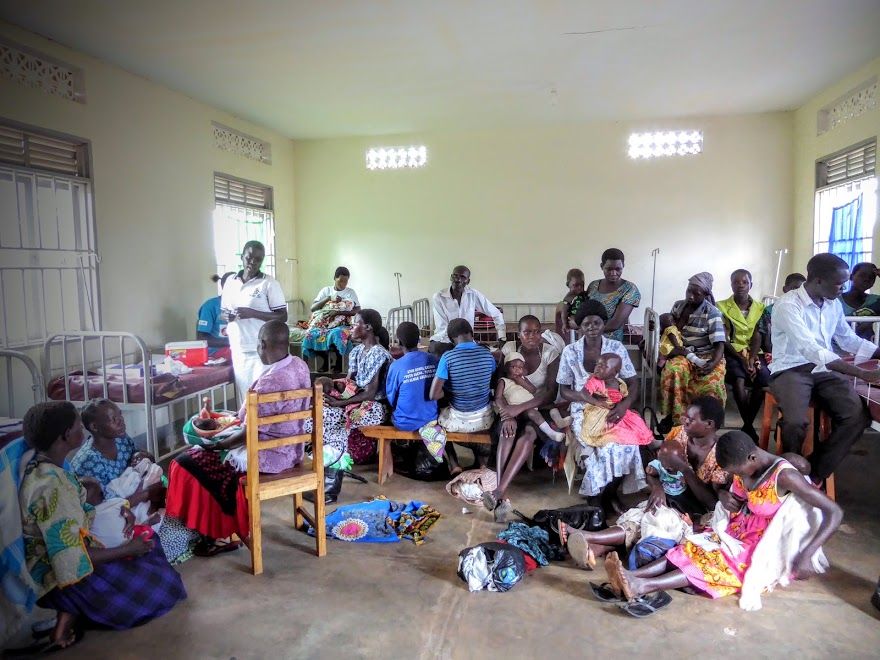 |
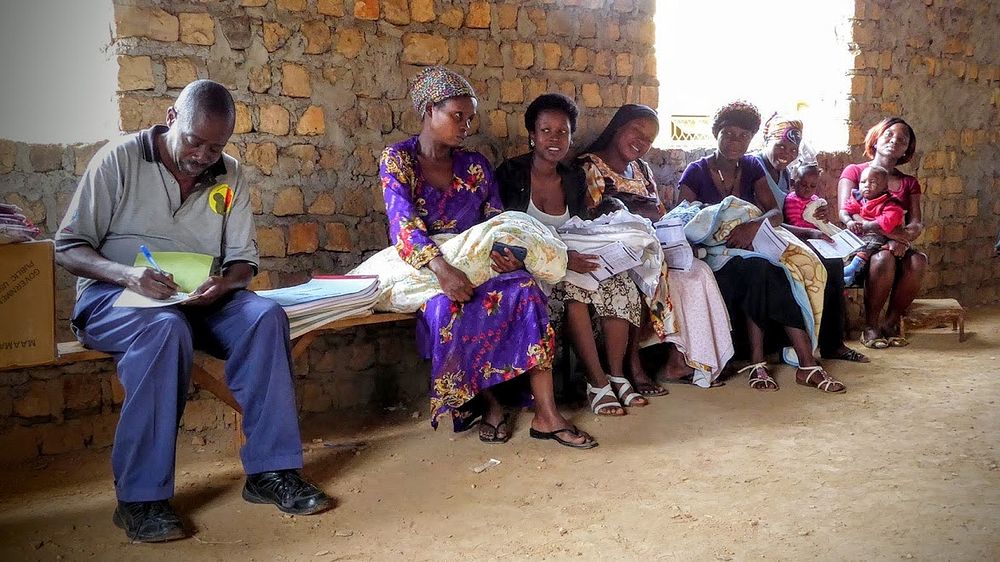
A unique & valuable resource
We believe that health workers should be seen as a unique and valuable resource to provide patient centred healthcare and increase awareness in the community about health related topics. And this is why we focus on strengthening health workers with tools that eliminate administration, add value and make health workers data consumers; to improve the quality of health services for children and their families and reach a day when no child dies or suffers from preventable diseases, no matter where they live.
We‘ve written that we can achieve a day when no child dies or suffers from preventable diseases (7) only when key actors such as families with children; health workers and health centre managers; relevant government bodies; NGOs and development cooperation agencies; and higher education institutions unite and work together towards the same goal. To enable this, Shifo developed MyChild Card to empower health workers with the right tools and methods. The solution has been implemented in Mukono and Dokolo Districts in Uganda, and implementation is underway in Afghanistan (8) and The Gambia. In Afghanistan the Swedish Committee for Afghanistan and Shifo have adjusted MyChild Card to local and national requirements.
MyChild Card was specifically developed to address health worker scarcity and can reduce administration from 60% to potentially less than 10% of their work every day. It means that we are adding the equivalent of an additional worker without the cost of bringing in additional human resources. For a health worker who is part of the 4% of the health workforce in sub-Saharan Africa or one working in challenging conditions in Afghanistan, this would be an immeasurable saving.
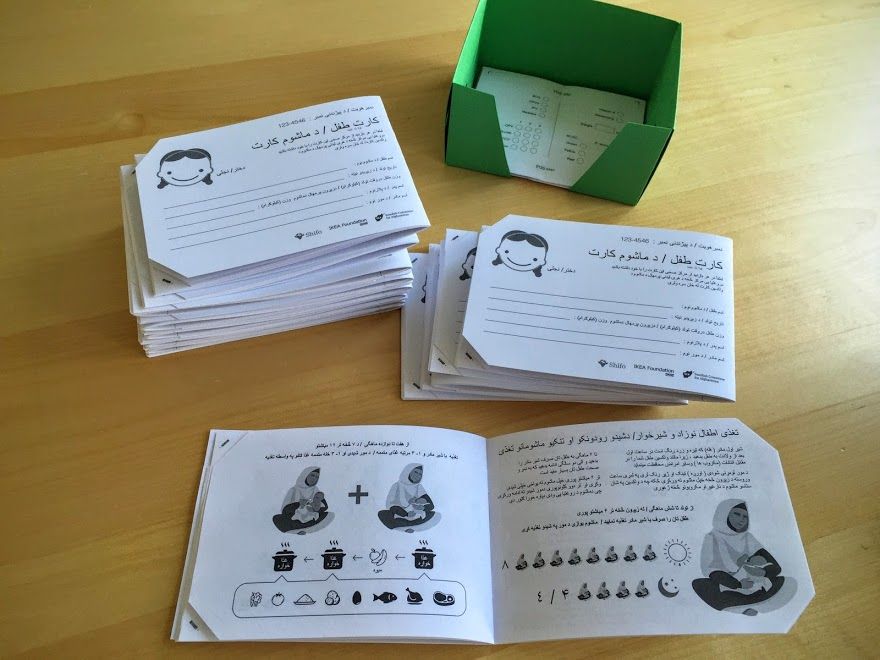 | 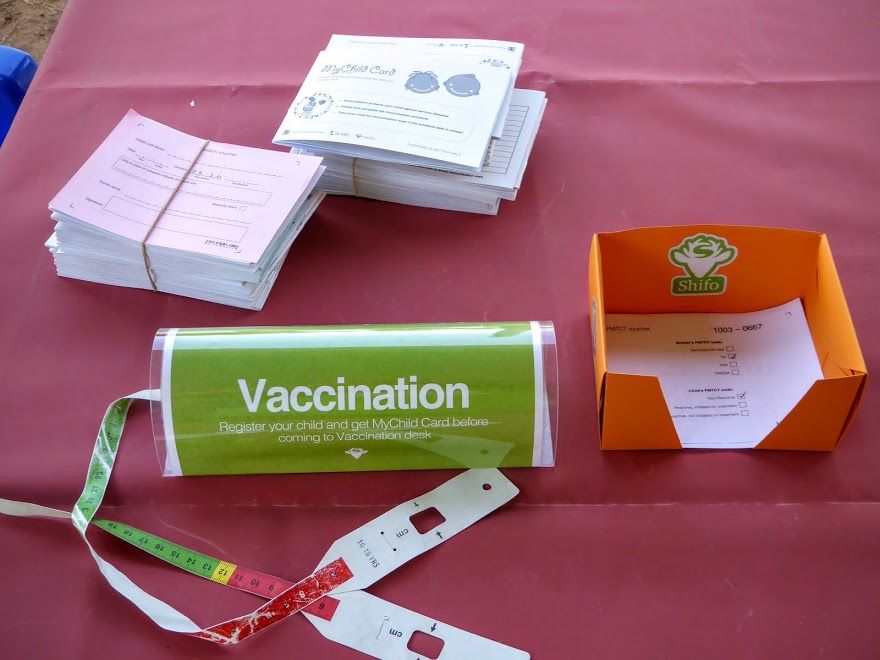 |
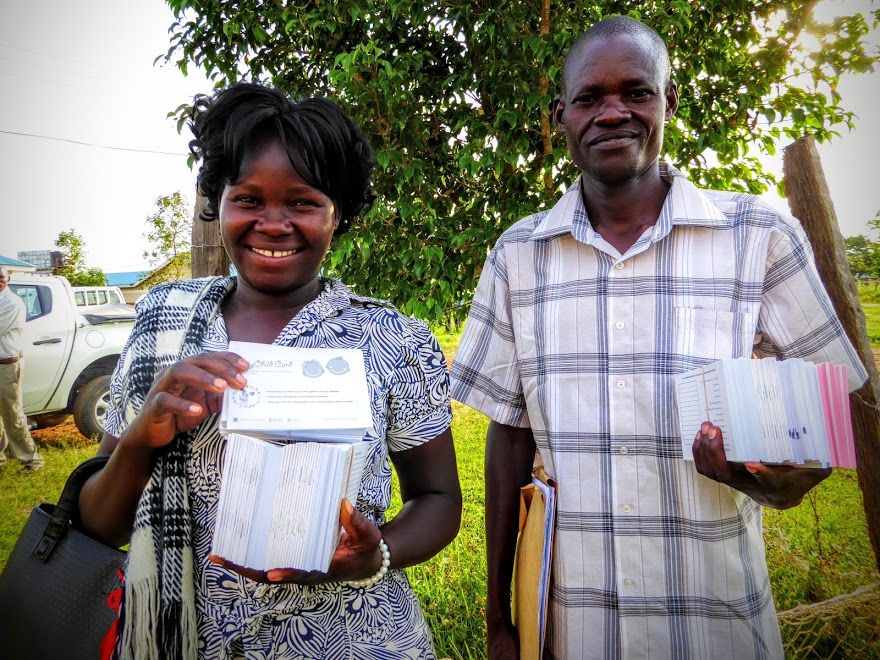
Closing the gap of inefficiency of health workers and empowering them with tools that re-direct their time and energy from “reports and administration centred“ to “child and family centred“ care delivery is one of the core values in Shifo. We will continue to work hand in hand with frontline health workers to support them with better tools since it is one of the keys to achieving a day when no child dies or suffers from preventable diseases. After all, since they are the ones closest to the care recipients, they are best placed to determine which improvements are needed to enhance the quality of health services for the people in their communities.
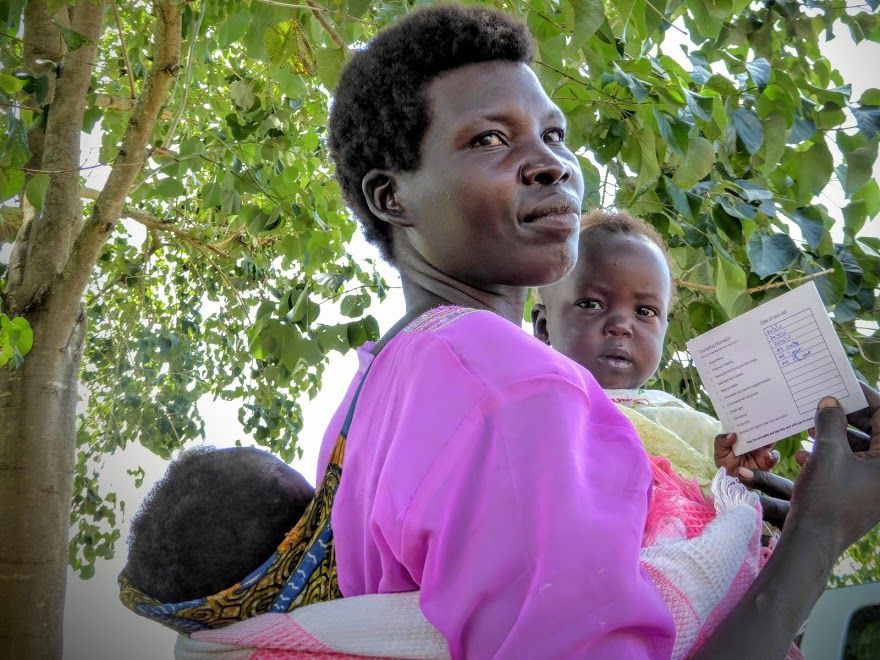
If you work to improve maternal and child health indicators in any of these countries, and would like to collaborate with us to implement MyChild system in your country/region, schedule a live demo to learn more about MyChild system and how we can partner together.
Topics
- Social issues, General
Categories
- impact